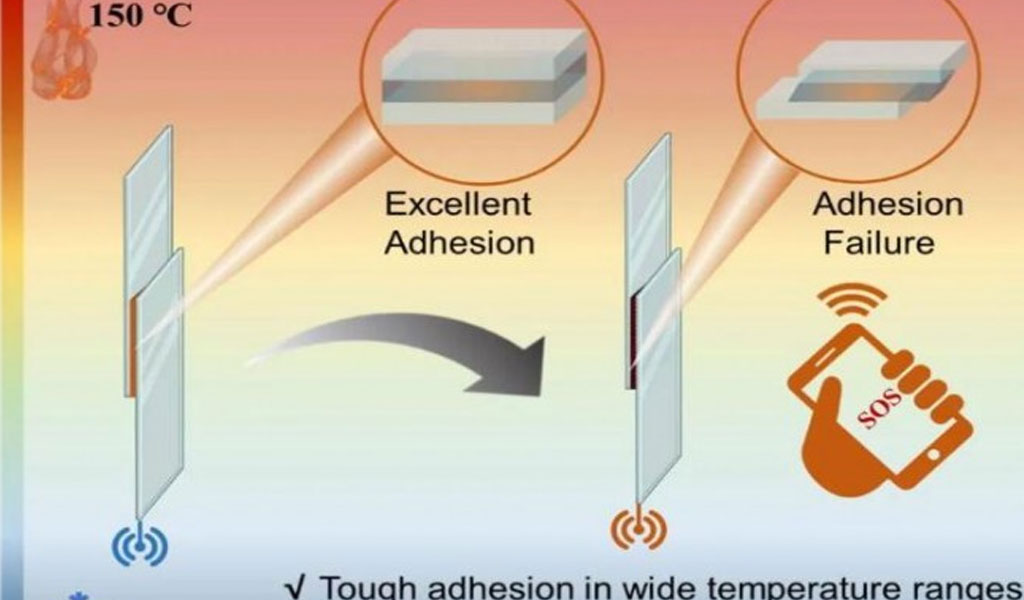According to Xinjing News, scientists from the Chinese Academy of Agricultural Sciences have used supramolecular polymerisation to develop new adhesive materials which can be used for hot-melt deposition 3D printing. The relevant research results were published online in the Journal of Chemical Engineering and Advanced Science, and were granted a national invention patent.
It is understood that the research was carried out by a team of degradable materials development and utilisation at the Institute of Hemp Research, Chinese Academy of Agricultural Sciences, in collaboration with other universities within the United Nations. The team introduced that adhesives are commonly used in daily life, medical and health care, automotive industry, aerospace and other fields, and with the increase of environmental awareness, the development of environmentally friendly biodegradable adhesive materials has become an important research topic. However, existing adhesives generally suffer from poor adhesion, especially in extreme environments.
In this study, a series of adhesives with simultaneous high and low temperature resistance were synthesised using molecular recognition and supramolecular polymerisation strategies, reaching a strength of 5.18 MPa at 150°C and 9.52 MPa at -196°C. By investigating their mechanism, the researchers have succeeded in monitoring the adhesion behaviour in real time and quantitatively over a wide temperature range of -80°C to 150°C. At the same time, adhesion duration, decay and failure time can be easily monitored using customised equipment. In addition, adhesion failures were visualised and wirelessly alarmed.
It is reported that this work has produced a class of adhesion materials that can simultaneously withstand high and low temperatures with good adhesion effects, and also provides new ideas for monitoring adhesion effects. In order to further expand the scope of application of adhesion materials, the researchers prepared a new adhesive based on polylipoic acid based on the above-mentioned research, using natural small molecule lipoic acid as the material and its thermo-responsive ring-opening polymerisation properties to form polylipoic acid. Based on the time-dependent self-enhancement effect of this binder, it was applied to 3D printing by hot-melt deposition. Model formation at different scales was fully realised by 3D printing with polylipoic acid.
The researchers describe that after 3D printing, the models printed with polylipoic acid exhibit mechanical enhancement over time, which the study suggests is caused by the microscopic self-assembly of polylipoic and lipoic acids. This work achieves an organic combination of self-assembly at the microscopic level and self-assembly at the macroscopic level. The research also provides a feasible method for the controlled fabrication and mechanical enhancement of adhesive materials, opening the way for the application of next-generation functional adhesive materials.
The research was funded by the National Natural Science Foundation of China, the Science and Technology Innovation Project of the Chinese Academy of Agricultural Sciences, and the National Hemp Industry Technology System.

